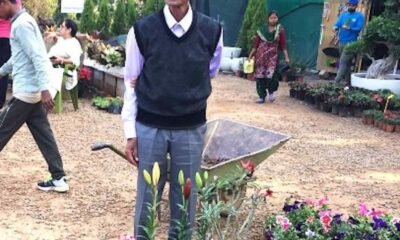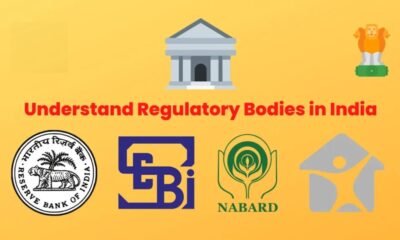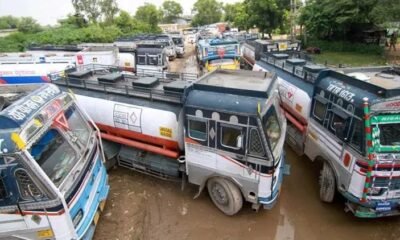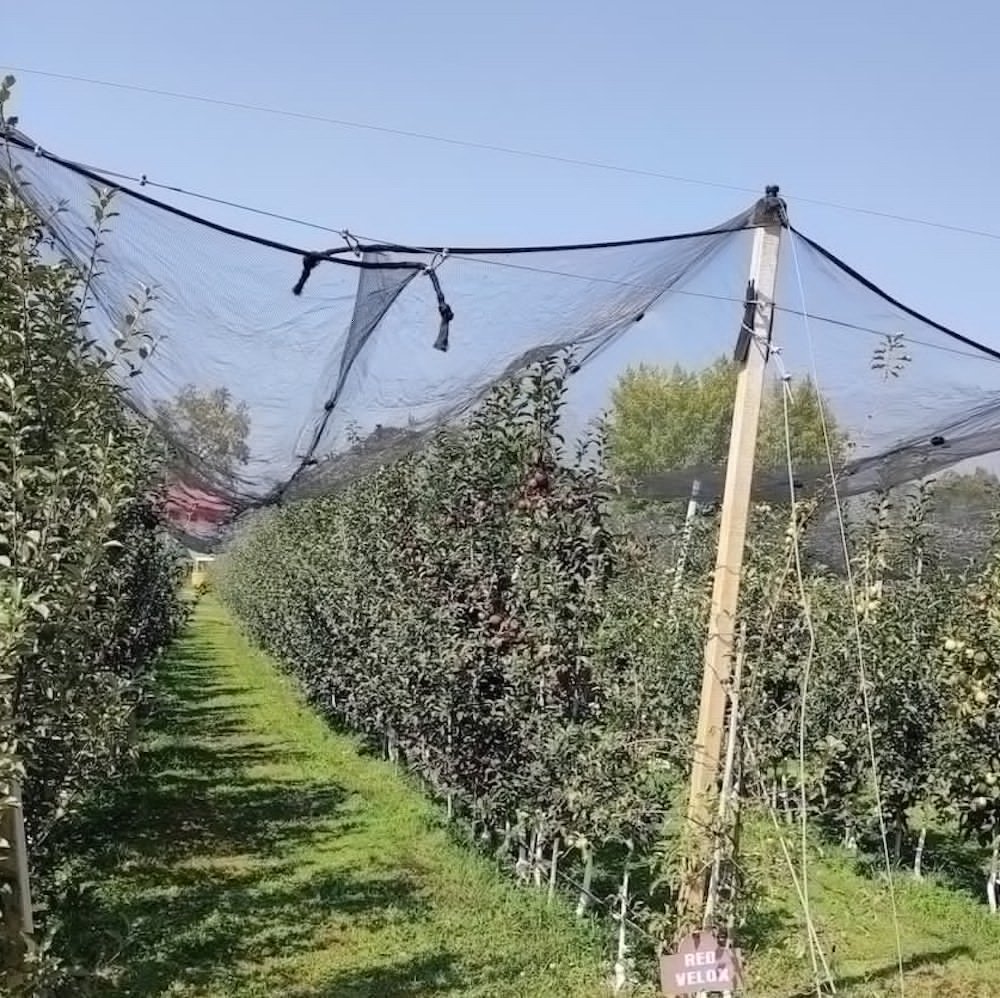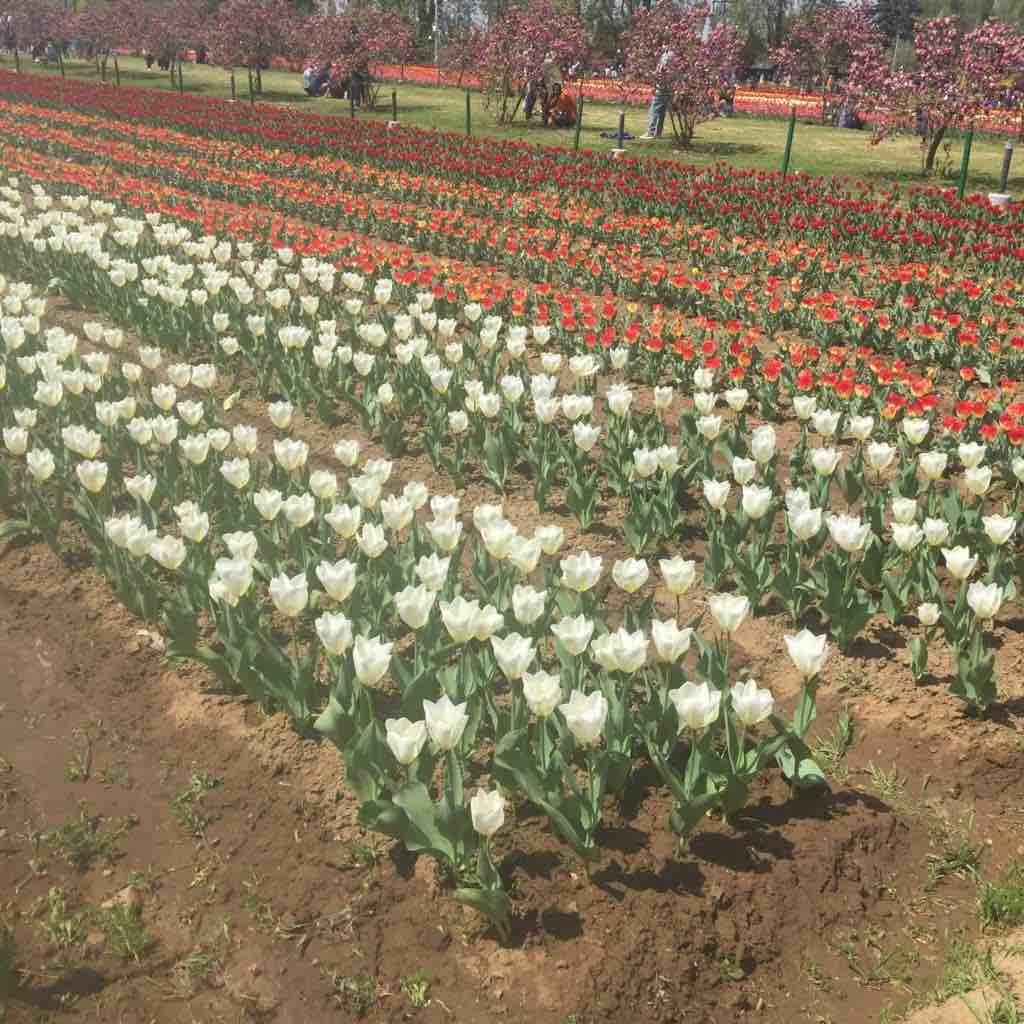Despite plenty of raw materials and huge availability of manpower which would have created a niche in certain sectors for the UT, Kashmir is facing acute economic underdevelopment and unemployment problem.
A place, which has plenty of both natural resources and human capital – two key ingredients for industrial progress – lacks in industrial development as well as uplifting its people. This kind of situation can only be defined as the worst ineptitude of the policymakers and people at the helm of affairs.
Leaving aside the big industries, just talk of a small industrial sector and its employment generation and economic potential. Kashmir being a voracious meat-eating place in the country, around 70-80 lakh animal hides, mostly sheep and goat, are produced annually. In fact, about 8 lakh hides are produced on the day of Edi-al-Adha only.
But due to lack of tanneries and other facilities for leather processing, more than 98 percent of these hides are exported unprocessed. Later some of these animal skins are bought back from different tanneries of Punjab, Haryana and Utter Pradesh in the shape of the finished leather to suffice the needs of whatever little leather production units, mostly the handmade ones, we have here to produce jackets and other leather items.
As per the estimates given by the traders, if the leather industry is developed with tanning and other processing up to the finished product level it can turn into more than a billion-dollar (Rs 10,000 crore) sector annually creating an unimaginable number of jobs.
A similar situation is faced with the 10,000 metric tons of wool produced annually. Not even one percent of the wool produced in Kashmir is processed here despite Kashmir having huge demand for woollen products due to cold climatic conditions.
While we sell these raw materials at throwaway costs and repurchase finished products worth billions, we also lose thousands of jobs and losses in billions due to lack of policymaking and wrong priorities.
And another key ingredient vital for developing this kind of industries is investment and Kashmir does not face the problem for that. As per the credit-deposit (CD) ratio of J&K, for every hundred rupees deposited in a bank, only Rs 45 are invested back or given as credit in the state. While Rs 55 are either invested outside the state or remain with the banks.
If the government can provide policy and planning, Kashmir can not only create the required jobs within the state but will bring economic prosperity and a favourable credit deposit ratio for the state.
Government and policymakers need to prioritise the development of the wool and leather industry, as there is plenty of raw material available for the same.

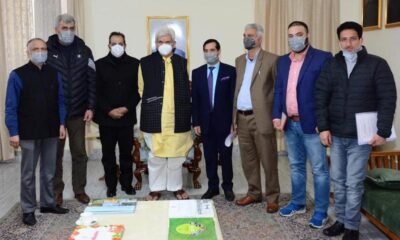

 Industry3 years ago
Industry3 years ago
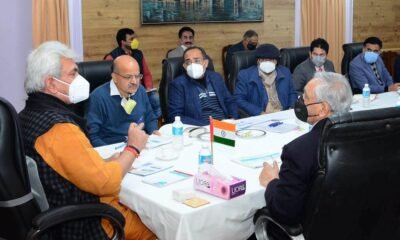

 Energy3 years ago
Energy3 years ago


 Economy1 year ago
Economy1 year ago
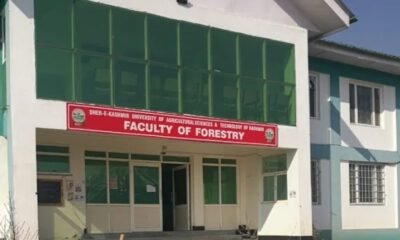

 Infra3 years ago
Infra3 years ago
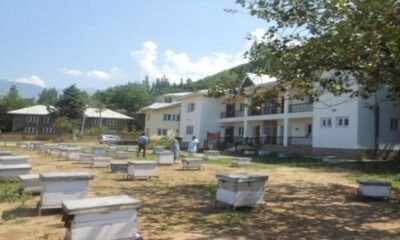

 AgriBiz3 years ago
AgriBiz3 years ago
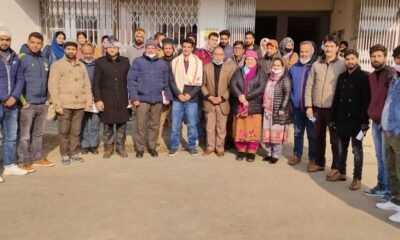

 Careers4 years ago
Careers4 years ago
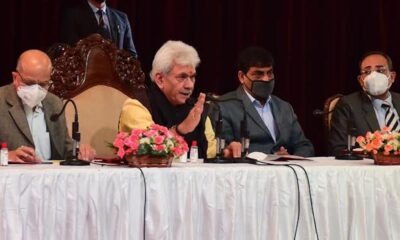

 Economy4 years ago
Economy4 years ago


 Industry4 years ago
Industry4 years ago


